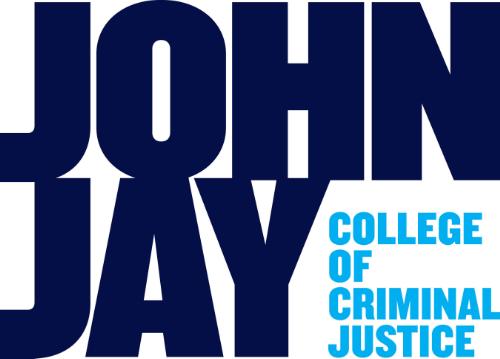
Date of Award
Spring 5-25-2017
Document Type
Thesis
Degree Name
Master of Arts (MA)
Department/Program
Forensic Psychology
Language
English
First Advisor or Mentor
Margaret Kovera
Second Reader
Jennifer Dysart
Third Advisor
Sean Murphy
Abstract
There is converging evidence that people make inferences about others’ culpability and deservingness of punishment based on whether they express more of the African phenotype (e.g., darker skin, wider nose, thicker lips; Blair, Judd, & Chapleau, 2004; Eberhardt Goff, Purdie & Davies, 2004; Kahn & Davies, 2011). What is less clear is whether facial features that are phenotypically related to particular racial groups play a role in the mistaken identification of innocent Black suspects. Eyewitness descriptions lack detail with regard to racial phenotypes (Fahsing, Ask & Granhag, 2004; Nicholson & Kovera, 2013). Without descriptions containing phenotypic features to use when choosing fillers (i.e., lineup members who are not the suspect) in lineups or photo arrays, it is possible that lineup constructors will choose fillers that do not match the phenotype expression of a suspect, increasing the risk that the suspect will stand out from among the other members of the lineup and that the lineup will be unfair. It is also possible that the racial stereotype associated with the crime under investigation may influence the phenotype expression of fillers chosen by lineup constructors (Kleider, Cavarak & Knuycky, 2012; Knuycky, Kleider & Cavarak, 2014; Osborne & Davies, 2012). This study employed four phases to test whether phenotypic bias affects lineup fairness. Phase 1 and 2 developed the stimulus materials. Phase 3 had participants construct lineups in a 2 (Construction method: match-to-suspect or match-to-description) x 3 (Crime type: stereotypically Black, stereotypically White or blind) x 2 (Suspect level of African phenotype expression: high or low). Phase 4 measured the fairness of the lineups created in Phase 3 to assess the potential effect of phenotypic bias on mock witness lineup identifications. I found that descriptions of out-group members are indeed vague and devoid of descriptors specific to phenotypically African features (Phase 2). In addition, lineups constructed using the match-to-suspect method of lineup construction consisted of fillers with similar African phenotype expression ratings as the suspect’s rating, but lineups created using the match-to-description method had fillers with African phenotype expression ratings that did not match the suspect’s ratings (Phase 3). Mock witnesses’ lineup up identifications were affected by phenotypic bias, regardless of construction condition, but lineups containing suspects with low African phenotype expression were biased to the advantage of the suspect and lineups containing suspects with high African phenotype were biased to the disadvantage of the suspect (Phase 4). Given these findings, the recommended procedural safeguards may not be sufficient in protecting Black suspects with high African phenotype expression from the prejudicial effects of phenotypic bias.
Recommended Citation
Wood, Sydney Y., "The Effect of Phenotypic Bias on Lineup Construction Fairness" (2017). CUNY Academic Works.
https://academicworks.cuny.edu/jj_etds/19
Included in
Criminal Procedure Commons, Law and Psychology Commons, Law and Race Commons, Social Psychology Commons

